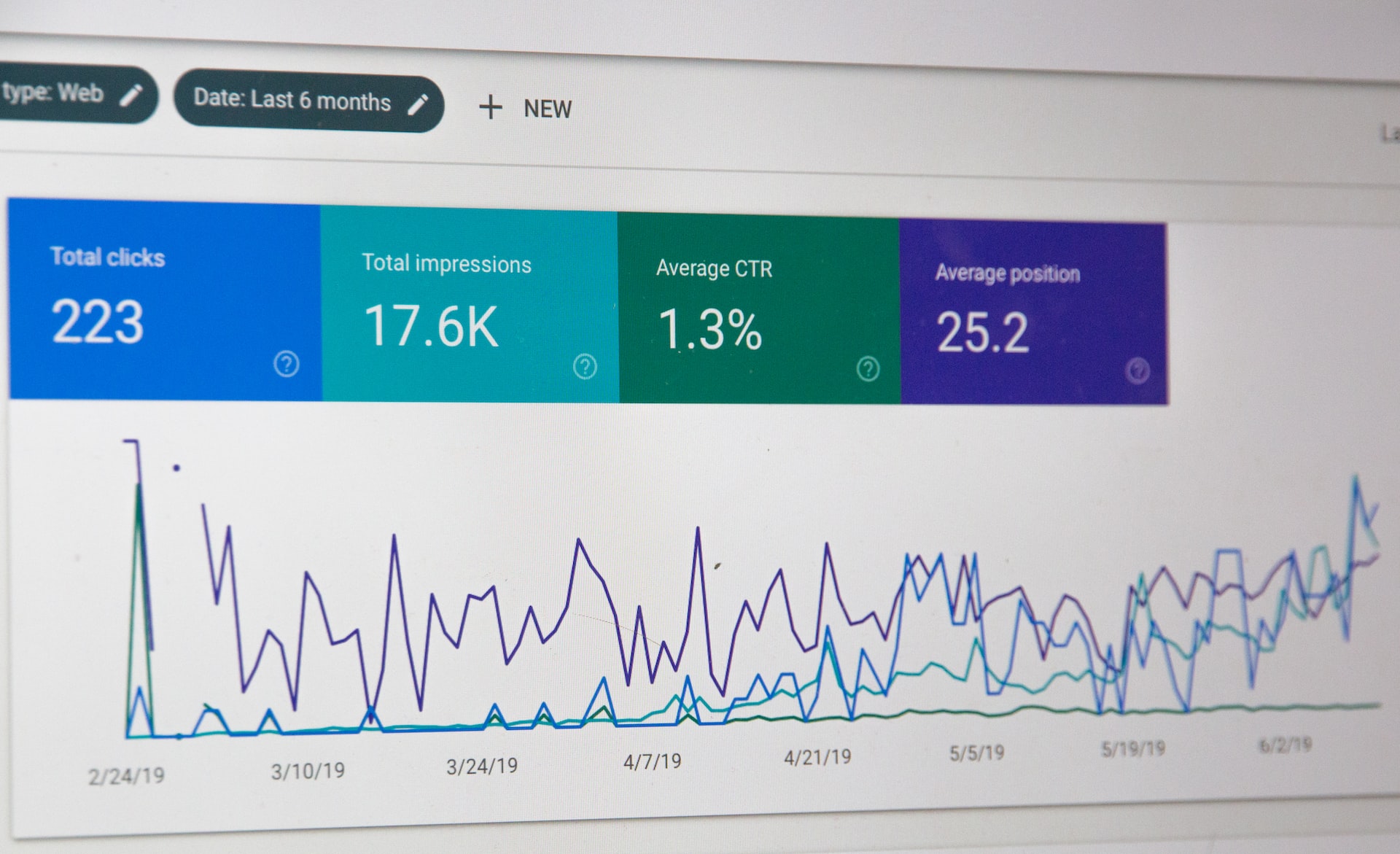What's the difference between "Growth" and "Marketing?
Marketing and growth are two distinct yet interrelated concepts in the world of business. While they share similarities, they are fundamentally different in terms of their goals, methods, and outcomes.
Marketing, at its core, is about
promoting a product or service to potential customers with the goal of driving sales. This can include a variety of tactics, such as
advertising,
public relations, c
ontent creation,
social media,
email marketing, and more. The primary focus of marketing is to create awareness, generate leads, and drive conversions, with the ultimate goal of increasing revenue for the business.
On the other hand, growth is a broader concept that
encompasses all the strategies and tactics a business employs to achieve sustainable, long-term success. Growth can include a variety of activities, such as optimizing processes, leveraging brand affinity, improving customer experience, developing new products or services, entering new markets, and more.
The primary goal of growth is to create value for the business by increasing revenue, profitability, market share, and customer loyalty.While marketing can be an important part of a growth strategy, growth is not just about marketing. Rather, it is a more comprehensive approach that encompasses all aspects of the business, from product development to customer retention.

Case Study: HubSpot
To illustrate the difference between marketing and growth, consider HubSpot.
HubSpot is a leading provider of inbound marketing and sales software that helps businesses attract, engage, and delight customers. The company was founded in 2006 and has since grown into a multibillion-dollar business with over 100,000 customers worldwide.
At its core, HubSpot's business model is built around inbound marketing, which is a form of marketing that focuses on attracting customers through content and engagement, rather than traditional outbound tactics like advertising.
While inbound marketing is a key part of HubSpot's success, it is not the only strategy the company employs to achieve growth. In fact, HubSpot's growth strategy is based on a combination of inbound marketing, product development, customer success, and strategic partnerships.
For example, HubSpot has developed a suite of products that cater to the needs of businesses of all sizes, from small startups to large enterprises. These products include marketing automation, CRM, sales enablement, and customer service tools, all designed to help businesses grow and scale.
In addition to product development, HubSpot also places
a strong emphasis on customer success, which is the process of helping customers achieve their goals and objectives using the company's products and services. HubSpot's customer success team is dedicated to providing personalized support, training, and guidance to help customers get the most out of the platform, which in turn drives customer loyalty and retention.
HubSpot also
partners with a variety of other companies to help drive growth. For example, the company has strategic partnerships with Facebook, Google, and LinkedIn, which allows it to integrate its platform with these companies' advertising platforms, giving customers even more tools to reach and engage with their target audiences.

The Role of Data in Growth
One of the key characteristics that sets growth apart from marketing is its reliance on data. While marketing has always relied on data to some extent, growth takes data analysis to a whole new level.
To do this effectively, businesses need to have a solid data infrastructure in place, with the ability to collect, store, and analyze large amounts of data. They also need to have the right people and tools in place to turn that data into actionable insights and strategies.
This is where growth teams come in.
Growth teams are cross-functional groups of specialists who work together to identify and execute growth opportunities for the business. These teams typically include data analysts, engineers, marketers, product managers, and designers, all of whom work together to identify and test new growth strategies.
The growth process typically involves a
series of experiments and tests, with data used to inform decisions at every step of the way. This approach allows businesses to iterate quickly, learn from their failures, and optimize for success.
In the case of HubSpot, data plays a critical role in the company's growth strategy. The company has built a robust data infrastructure that allows it to collect and analyze vast amounts of data from its customers and its own operations. This data is then used to inform product development, marketing strategies, and customer success initiatives.
For example, HubSpot's marketing team uses data to identify high-performing content and optimize its campaigns for maximum impact. The team uses a combination of web analytics, customer data, and A/B testing to identify what works and what doesn't, allowing them to make data-driven decisions that drive growth.

HubSpot's product team also relies heavily on data to inform product development. The team uses a variety of data sources, including customer feedback, usage data, and competitive intelligence, to identify areas for improvement and new product opportunities. This data-driven approach has allowed HubSpot to stay ahead of the curve and continue to grow its product offerings over time.
Final Thoughts
While marketing and growth share some similarities, they are fundamentally different concepts with different goals, methods, and outcomes. Marketing is focused on promoting a product or service to drive sales, while growth is a more comprehensive approach that encompasses all aspects of the business, from product development to customer success.
Learn more about growth marketing here.
Growth is also more data-driven than marketing, with a focus on using data to inform every aspect of the growth process. By collecting, analyzing, and optimizing data at every step of the way, businesses can make more informed decisions and achieve sustainable, long-term growth. The example of HubSpot shows how a company can leverage data to drive growth, and highlights the importance of building a strong data infrastructure to support growth initiatives.







